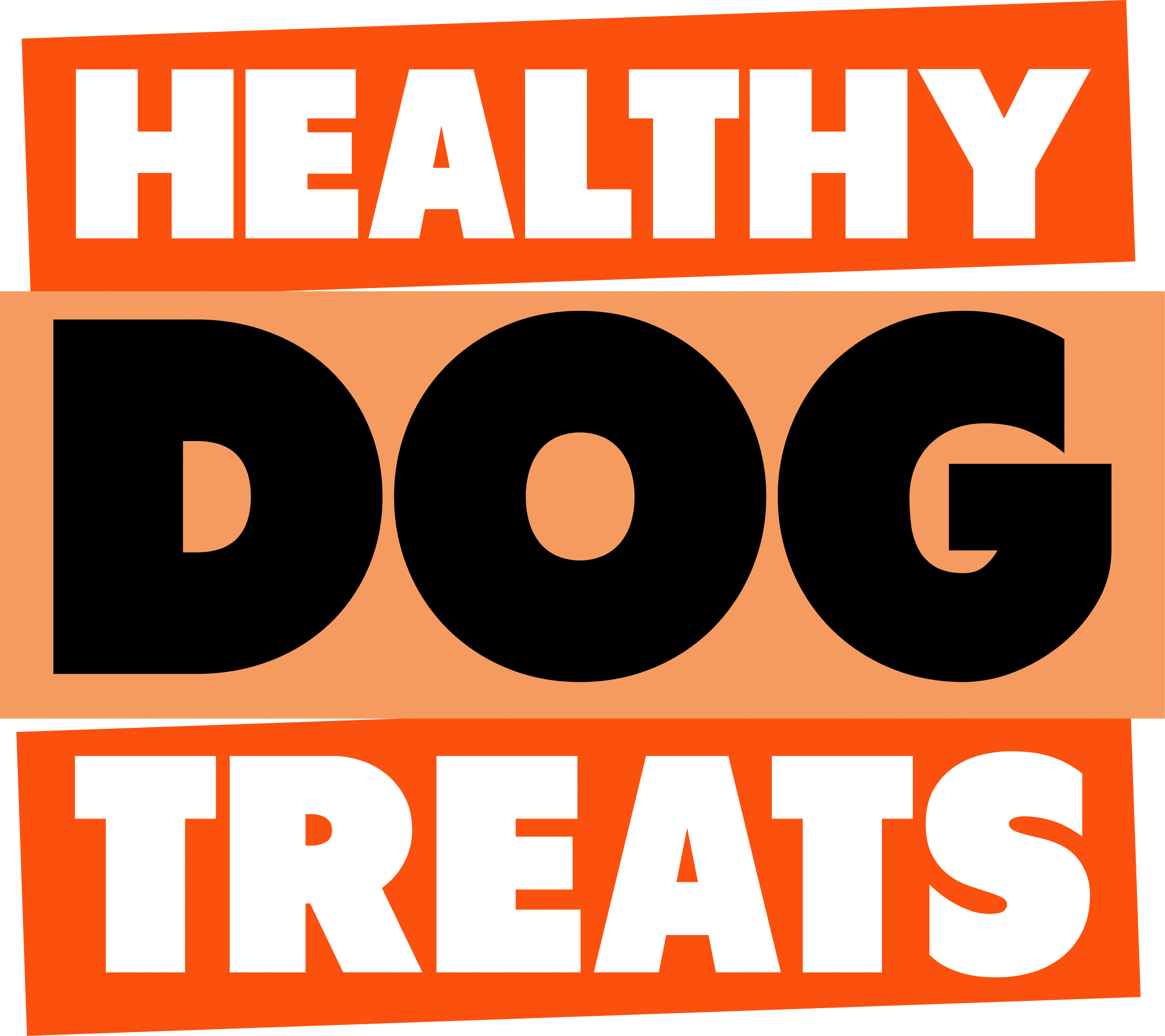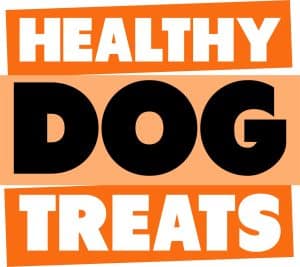No products in the cart.
Dog food digestibility – which is THE best meat? Roo, fish, beef or chicken?

The real point is, that except for eggs, its all about MEAT being most digestible for your dog. That means healthiest.
First off, Meat can be used in a main diet or as a ‘supplement’. The more digestible the meat – the more value your dog will get from it.
Even ignoring the fact that dogs evolved from wolves 20,000 years ago, and essentially have the same digestive systems, the type of meat you use can be just as important as the percentage included of your dog’s total diet. These systems adapted a little so that dogs can be classed as facultative carnivores (NOT OMNIVORES) – regardless what the dog food companies like to tell you).
The reality is if dog food makers thought they could make the same profit off dog owners, every can and satchel would have 80 to 90% meat in it.
We written articles about digestibility before .. but every year we find its important for dog owners to have a refresher. The scientific results (rarely quoted by dog food makers who only put 30-40% meat in their mix) – is that dogs DIGEST and therefore make available nutrition for their whole body MUCH better and easier on meat, offal and bones of their prey, than any vegetable or grain source.
The previous article we created on dog food digestibility has a long table showing the absolute digestibility percentages of common ingredients in dog food, and except for egg – meat in its most natural form wins hands down every time.
The only caveat I have here, is that they also need some fibre to feed their intestinal biome, and have their stools be formed .. and because most domestics dogs don’t get to kill or eat whole prey, sometimes we provide a little commercial dog foods with high enough, and appropriate fibre to assist this domestic work around.
What does dog digestibility mean?
Digestibility is not LIKE-ability.
ALL animals seem to like sugar, but sugar is not good or necessary for dogs in the form of carbs from plants, ore refined. In the while wolves and wild dogs eat berries mostly when they can’t catch prey, they do so to survive.
When you feed carbs (ie vial the 60-70% grains or vegetables in commercial dog food) you are doing so because they are cheap. They provide empty calories (ie they provide KJ – but NO protein – no essential amino acids). amino acids – the building blocks of protein your dog actually needs. They provide BULK to make the meal look bigger.
Dog foods are made to the very low protein standard of the American aafco volunteer organisation. They only require a ridiculously low 18% protein, from ANY source – bioavailability is a very minor consideration compared to price.
“Digestibility reflects a food’s ability to deliver essential nutrients to the dog who eats it. This ultimately affects not only defecation quantity and quality (how much your dog poops and how the poop looks and smells), and a dog’s propensity for flatulence (no explanation needed), but more importantly, a dog’s long-term health and wellness.” Ref 1
The basic level that digestibility for dogs is ranked upon is the digestibility coefficient Or percentage of a food that is used in the dog.
The basic industry standard for dry dog food digestibility is in three levels
- < 75% digestibility = POOR
- 75 – 82% digestibility = MODERATE
- 88% Plus is considered the gold standard.
The ‘get out of jail’ free card for dog food manufactures is that they might test for dog digestibility, they do not have to include ANY of the results on their packaging or websites.
Two studies in 2016 and 2017 looked into the dark world of dog digestibility.
Note while we believe that the clean organic nature of kangaroo products, and that vets include the kangaroo meat and crocodile meat in exclusion diets, because they are very hypo allergenic. Very few digestibility studies have been performed on the more exotic meats – because they focus on the most common meats in commercial dog food.
You will also find that different reference sources and even the different test methods in the experiments quoted in the reference site various different levels of digestibility percentages for the various meats. They explain in detail why that is, the nuances of their testing, the quality of the meat and lack of fat etc. But suffice to say, that meat (and eggs) are always at the top of the list.
Digestibility of main healthy meats in dog food

Lamb meat digestibility coefficient- 71.5 %
Digestibility is deficient in the essential amino acid ‘methionine’. This means if this was regularly used as your only meat source for your dog, and methionine was not added separately to their diet – there could be issues. NOTE this is probably why a few of the Blackdog biscuits have methionine ADDED to them – to assist deficiencies in many commercial dog foods !
Poultry meal digestibility coefficient – 80.2 %
This moves this meat source up into the moderate digestibility category, and dogs tend to love chicken fat. But of course, if a dog food only contains 30% chicken meat meal, it’s going to be getting the rest of its protein from grain or vegetables, that are likely to have considerably less digestibility amounts.
And yet another reason that even with a relatively high meat-based digestibility ingredient, 100% single ingredient meat dog treats can play a vital role in health supplementation – ensuring that the total protein amount (and digestibility) of the whole food intake is well above regular commercial dog food.
fish meal = 87.0 % digestibility coefficient.
We do not have full access to the source article, and fish meal sounds very generic. However, several other studies we have read rate fish protein higher than any other meat product, and much greater than grain and vegetable matter.
We have an extensive range of fish dog treats from 100% fish jerkies and fish skins that assist joint support.
Whole wheat typically has a digestibility of around 60% while corn is around 50%.
As you can imagine, if you only get 30% of a meat (of unknown quality) in a commercial dog food, and its digestibility is diluted by wheat or corn or any other vegetable with digestibility of around 50 – 60% – this can massively reduce the overall digestibility of the dog food.
CONCLUSION
While it was surprising that lamb meat has a relatively low dog digestibility coefficient, because of its high demand in the human food chain, pure lamb jerky dog treats is a very rare dog treat item.
We would recommend fish and kangaroo jerky as the best sources of high dog digestibility high protein sources – meaning that they are very easy and natural for dogs to eat, and their bodies to use.
Beef and chicken are also highly digestible – but due to the relative low cost, easy supply these are regularly available as the two most common meats in all commercial dog food, globally.
If your dog doesn’t regularly eat kangaroo, fish or ANY meat source other than beef or chicken… it might have a little time adjusting to it, with the potential for loose stools for a little while as its intestine adjusts to digesting these amazing high-quality foods. Some dogs have NO break in period.
We find that feeding your dog a spread of meats and offal is the best way to keep them healthy. If you only ate one food in your life, you too might be highly susceptible to any deficiency in its amino acid profile (or even the commercial dog food additives – additional minerals and vitamins).
By all means, continue with your trusted commercial dog food – but for your dog’s best health, as a minimum, we recommend regularly adding in a 100% single ingredient DIFFERENT meat source to ensure that they have the highest digestibility and the broadest spectrum of essential amino acids to use.
REFERENCE
REF 1 Dog Food Digestibility Levels Matter By Linda P. Case, MS. Updated: January 25, 2021
REF 2 “Protein and amino acid bioavailability of extruded dog food with protein meals of different quality using growing mink (Neovison vison) as a model.” Tjernsbekk MT, et al. Journal of Animal Science 2016;
REF 3 “Raw, mechanically separated chicken meat and salmon protein hydrolysate as protein sources in extruded dog food: Effect on protein and amino acid digestibility.” Animal Physiology and Animal Nutrition 2017; Tjernsbekk MT, Tauson AH, Kraugerus OF, Ahlstrom O .
REF 4 Protein digestibility evaluations of meat and fish substrates using laboratory, avian, and ileally cannulated dog assays1 T. A. Faber, P. J. Bechtel, D. C. Hernot, C. M. Parsons, K. S. Swanson, S. Smiley, G. C. Fahey, Jr. Journal of Animal Science, Volume 88, Issue 4, April 2010, Pages 1421–1432, Published: 01 April 2010


